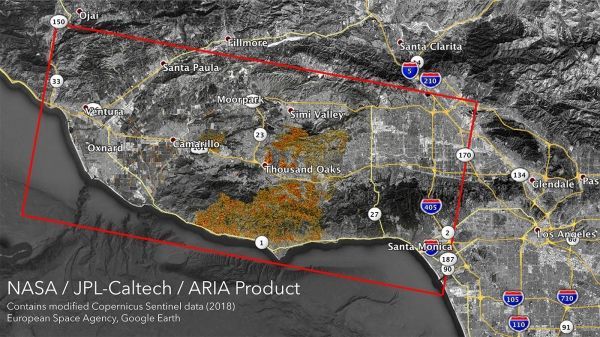As wildfires continue to burn in Northern and Southern California, there are more questions than answers. What does smoke inhalation do to my health? What’s the evidence that these are caused by climate change? Can controlled burns fix our forests? Here is how some Stanford University experts answer and continue to tackle these complex concerns.
What kinds of research are we doing about the health effects of smoke?
At a multi-disciplinary briefing on “Fire and the Future of California Forests” in Sacramento in May 2018, Kari Nadeau, director of the Sean N. Parker Center for Allergy and Asthma Research at Stanford, said, “There is no safe distance away from a wildfire.” Even in areas where smoke-related particulates aren’t visible, they can still cause cancer, heart damage, immune problems and lung problems.
Nadeau and other researchers in the School of Medicine and the Stanford Woods Institute for the Environment have combined forces, with a focus on finding the best ways for people to protect themselves against air pollution, including wildfire smoke. As part of their research into the health effects of air pollution, these researchers are also looking at the health impact of controlled burns.
Read more at Stanford University
Image: The Advanced Rapid Imaging and Analysis (ARIA) team at NASA's Jet Propulsion Laboratory in Pasadena, California, created these Damage Proxy Maps (DPMs) depicting areas in California likely damaged by the Woolsey and Camp Fires. CREDIT: NASA / JPL-Caltech


